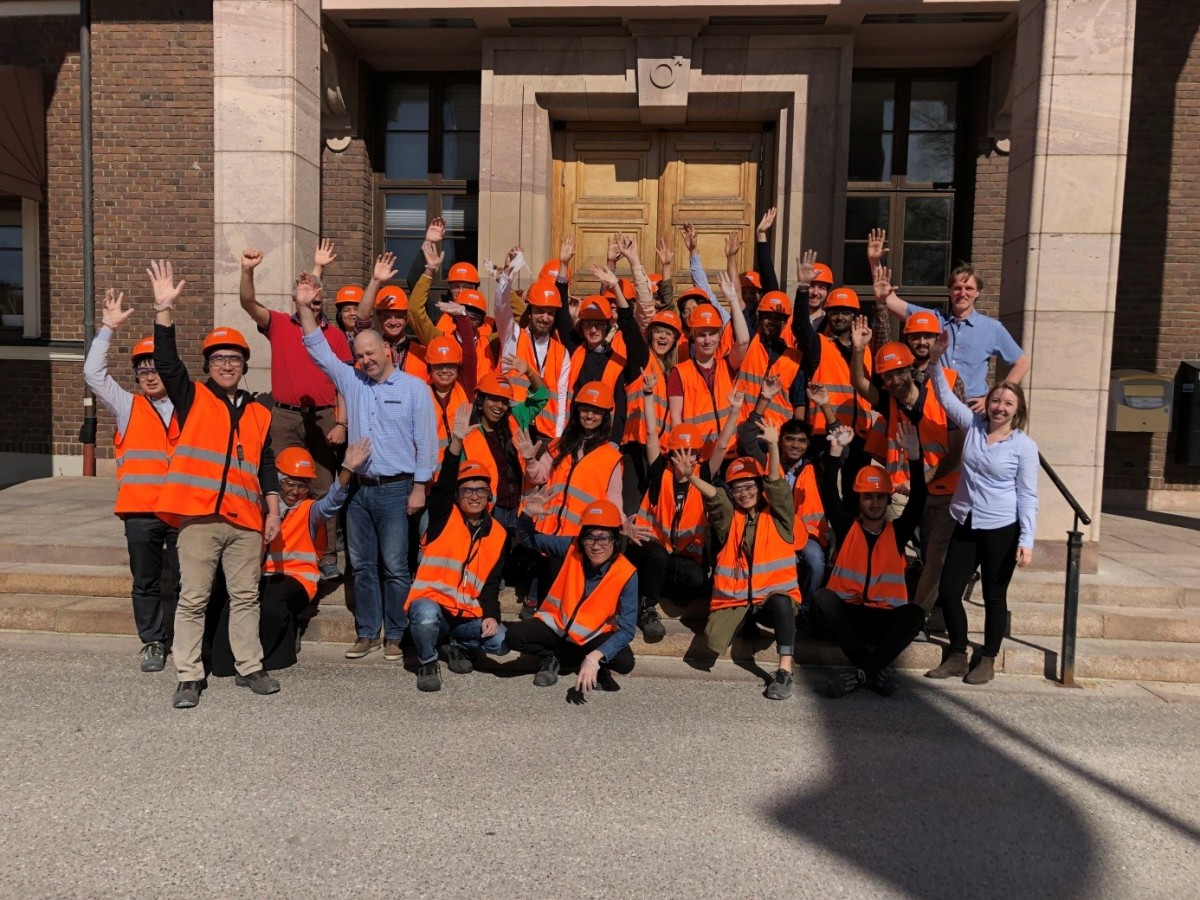
A new examination idea
Many teachers at the ITM School often think of new ideas on how to examine the required knowledge in a course, and I am one of them. I wish to share some recent experiences. Together with my colleague Assistant Professor Björn Glaser we teach in the course Advanced Process Science. The purpose of the course is to teach students about reactor design and process control in industrial metallurgical processes. Based on their previous obtained knowledge (for example thermodynamics and kinetics), we teach them on how to apply this knowledge on current industrial processes.
During the course evaluations the last 5-8 years, the students have suggested to examine the course goals in other ways than through a traditional written exam. Based on this we have tested open 24 hours exams where students have been given the task eight o’clock in the morning and then turned in their answers 24 hours later. The responses from the students have been very positive!
In close collaboration with Sandvik
Together with the company Sandvik Materials Technology (SMT), who sponsors parts of the travels in the course, we tested a new idea this year. Previous years we have visited SMT at the end of the course. The company has presented their work on selected processes and the students have had a tour to the steel and working mills.
This year we tried out a different approach. Together with Olle Sundqvist and Fia Vikman from SMT we defined five topics for the students to work on to acquire the knowledge needed to fulfill the course goals. Olle visited KTH to give introductory lectures in January. Thereafter, the groups were formed, and one supervisor from SMT together with one from KTH were designated to each group. As next step, each group visited SMT in Sandviken to study their process part and to discuss details of the project with the supervisor.
Examination in relation to the industry
Back at KTH the students had to answer three large questions related to process control and reactor design, based on course material given in the lectures and information from the literature. The fourth question was a more open question where the students should suggest innovative solutions to improve the specific process task given by SMT.
After almost two periods of work, the student findings were presented in a report as well as at a seminar in Sandviken in May. Here, the whole project was presented for a larger audience and the performance was judged by the teachers. In a way this corresponded to our previous 24 hours exam level. In addition, the innovative solutions were discussed in detail separately in small groups including the specific supervisors. After a full day’s work in Sandviken, SMT invited the students and teachers to a fantastic three-course dinner at their restaurant.
Improved motivation and innovative solutions
Overall, our experience is that the motivation of the students was much higher and the innovative solutions were detailed and more realistic, when we used this approach instead of a traditional way of examining their knowledge. In their work they clearly showed that they used their previously obtained knowledge in coming up with innovative solution.
In addition, they also discovered that the current metallurgical tools to determine thermodynamics and kinetics cannot always be used for real industrial applications, since for example databases and knowledge are missing. One important learning was that our theoretical knowledge is not always enough to solve all industrial problems. Thus, as future engineers the students need to work hand-in-hand with skilled personnel in industry that has the hands-on knowledge to solve challenging industrial tasks!
/Pär Jönsson, Vice Head of the ITM School
